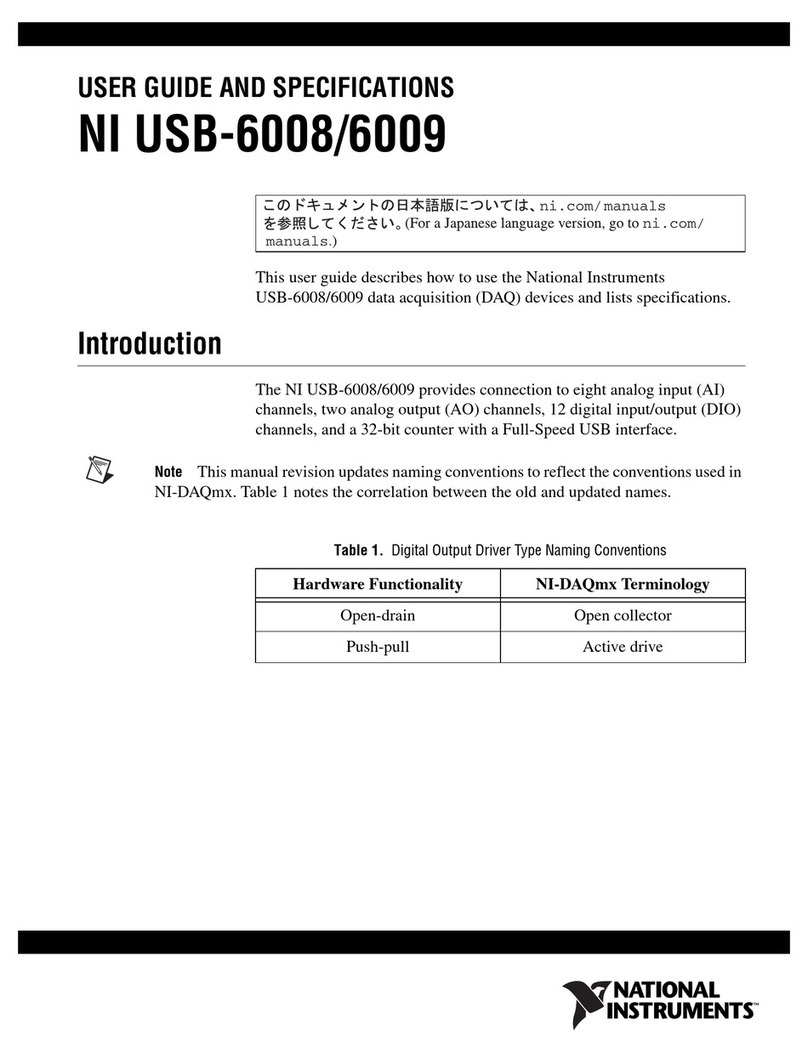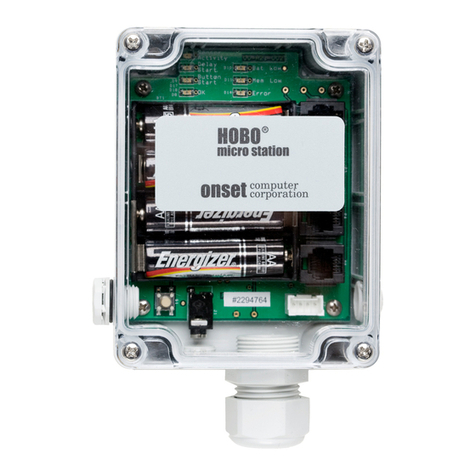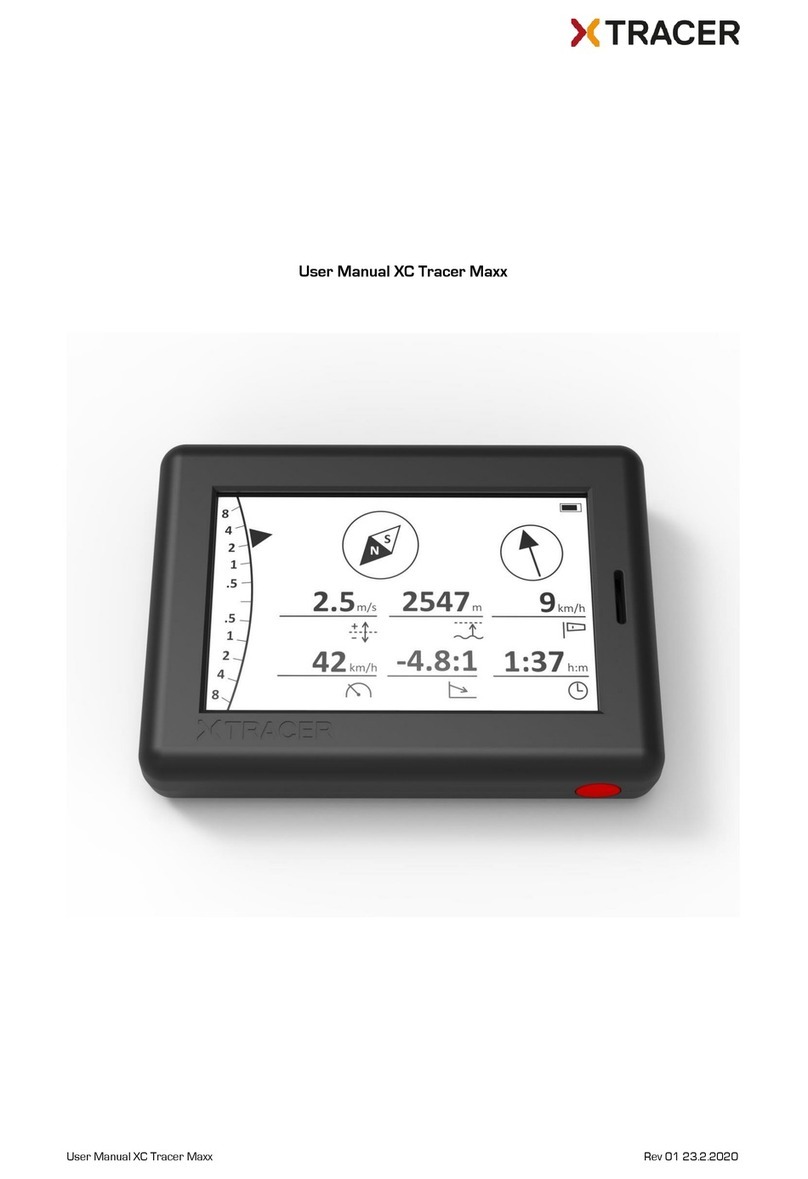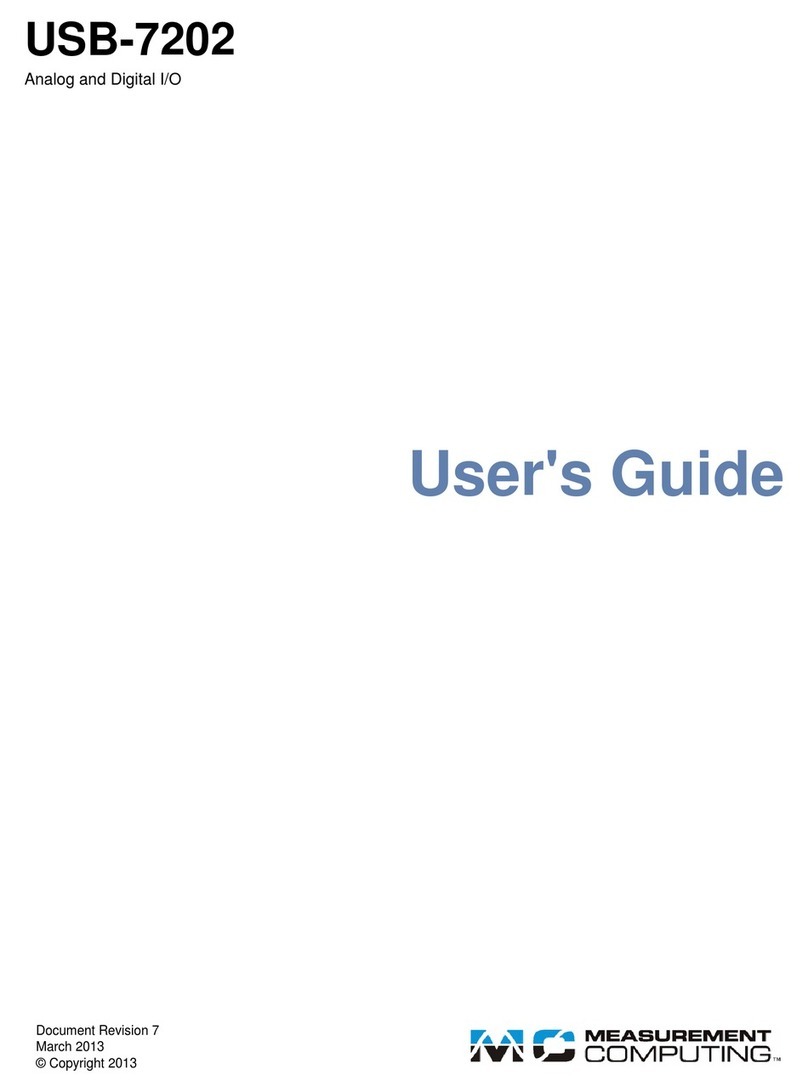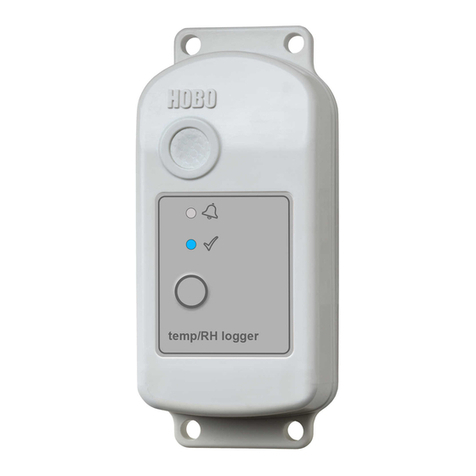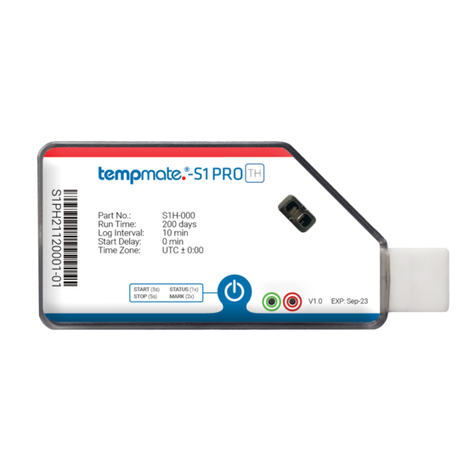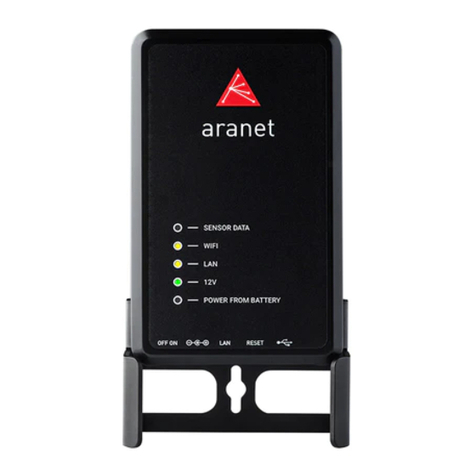NexSens Technology CB-950 User manual




















Table of contents
Other NexSens Technology Data Logger manuals
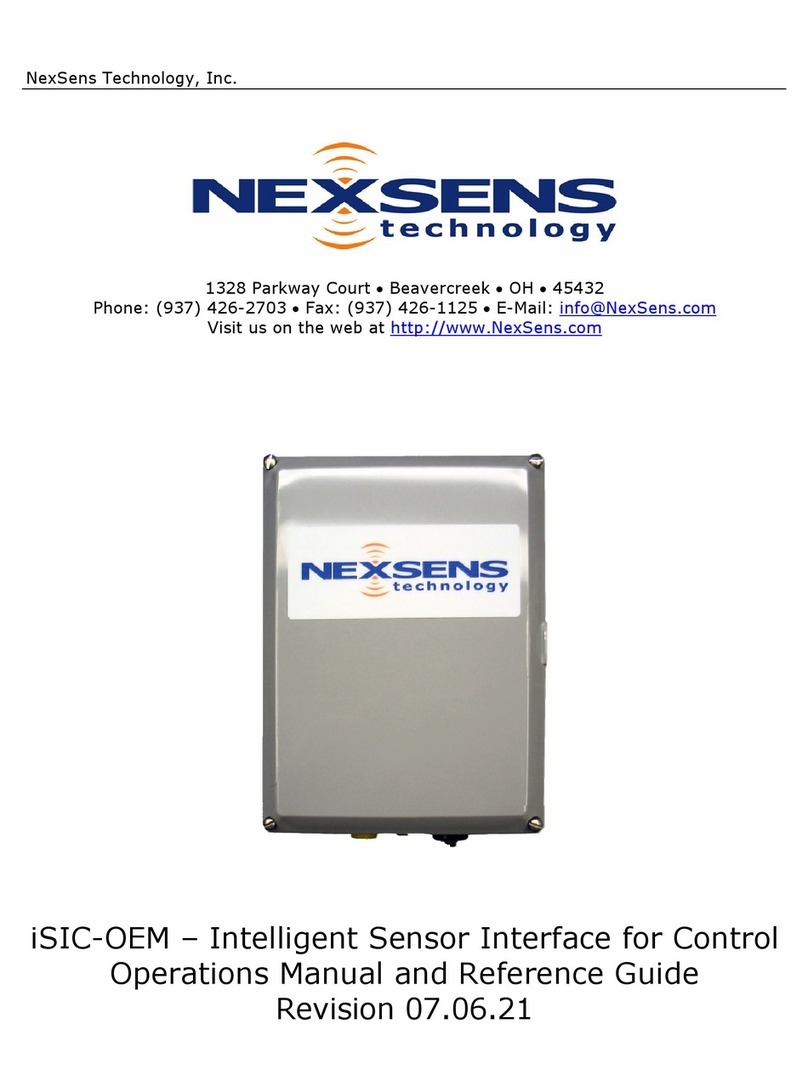
NexSens Technology
NexSens Technology iSIC-OEM User manual
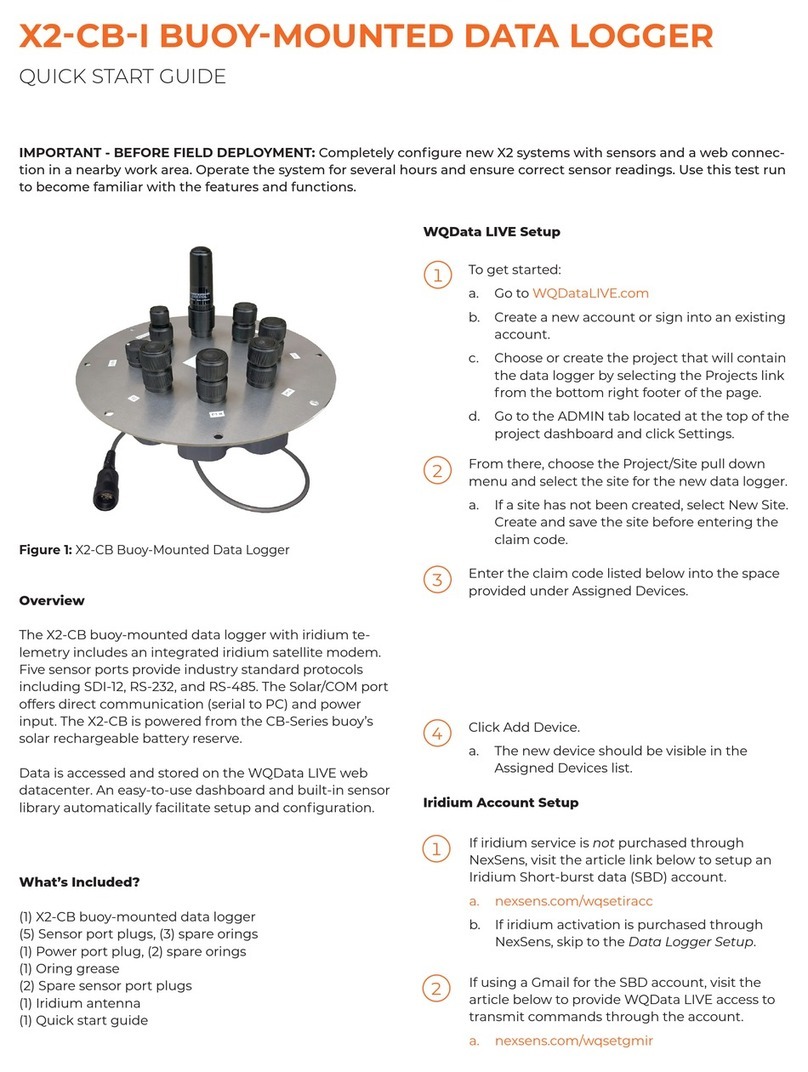
NexSens Technology
NexSens Technology X2-CB-I User manual
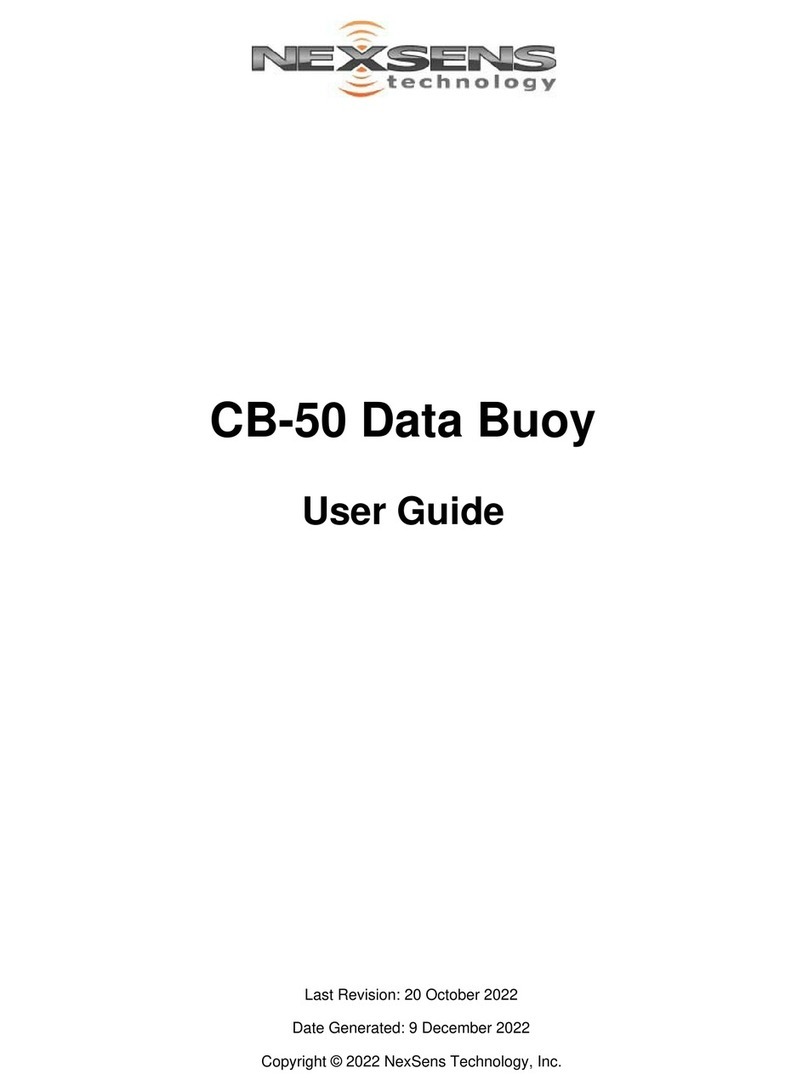
NexSens Technology
NexSens Technology CB-50 User manual

NexSens Technology
NexSens Technology CB-250 User manual
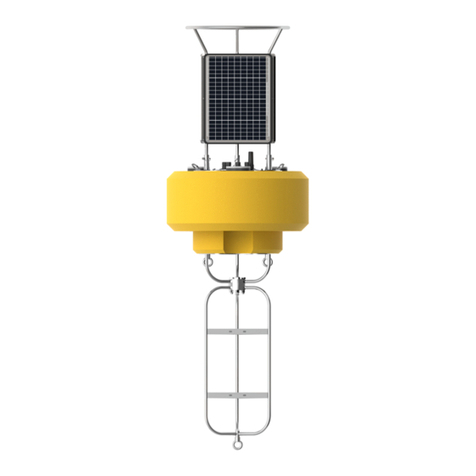
NexSens Technology
NexSens Technology CB-650 User manual
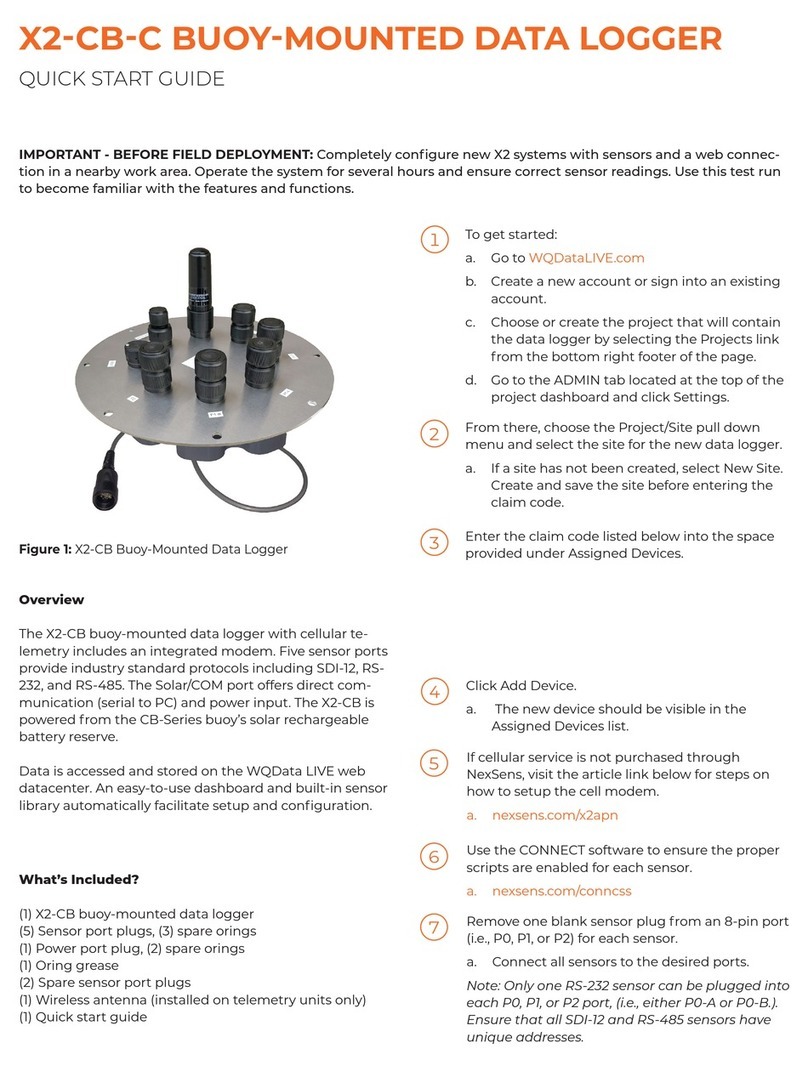
NexSens Technology
NexSens Technology X2-CB-C User manual
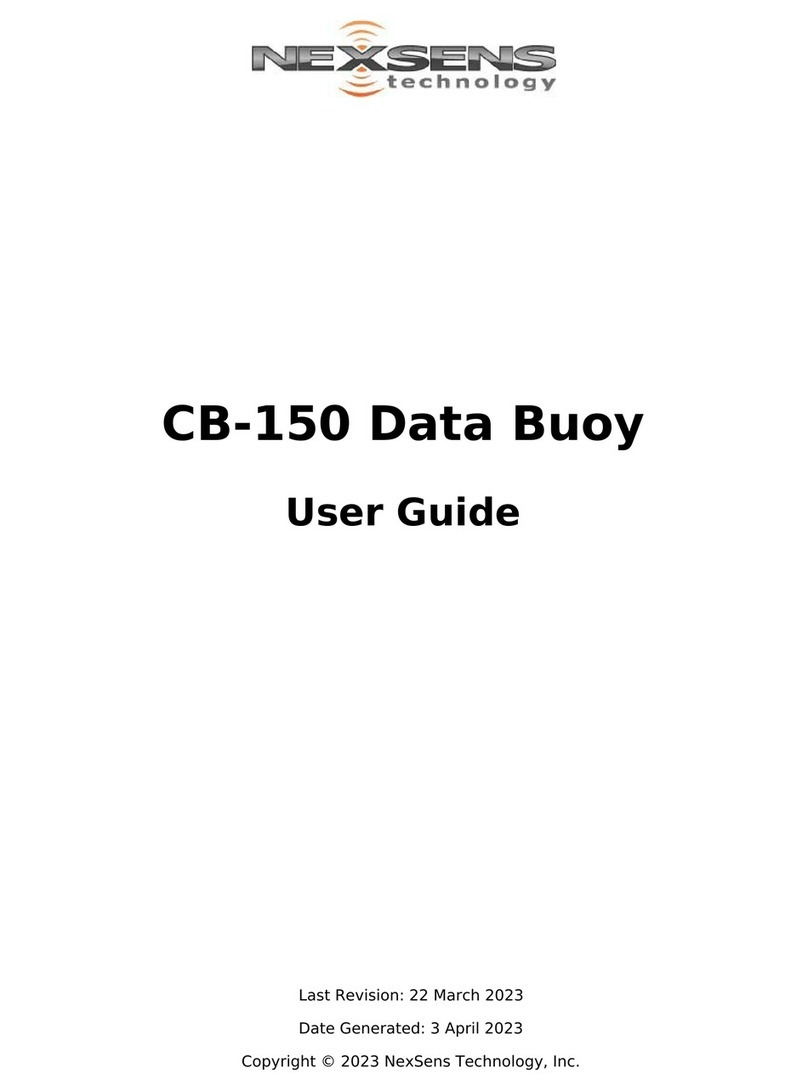
NexSens Technology
NexSens Technology CB-150 User manual
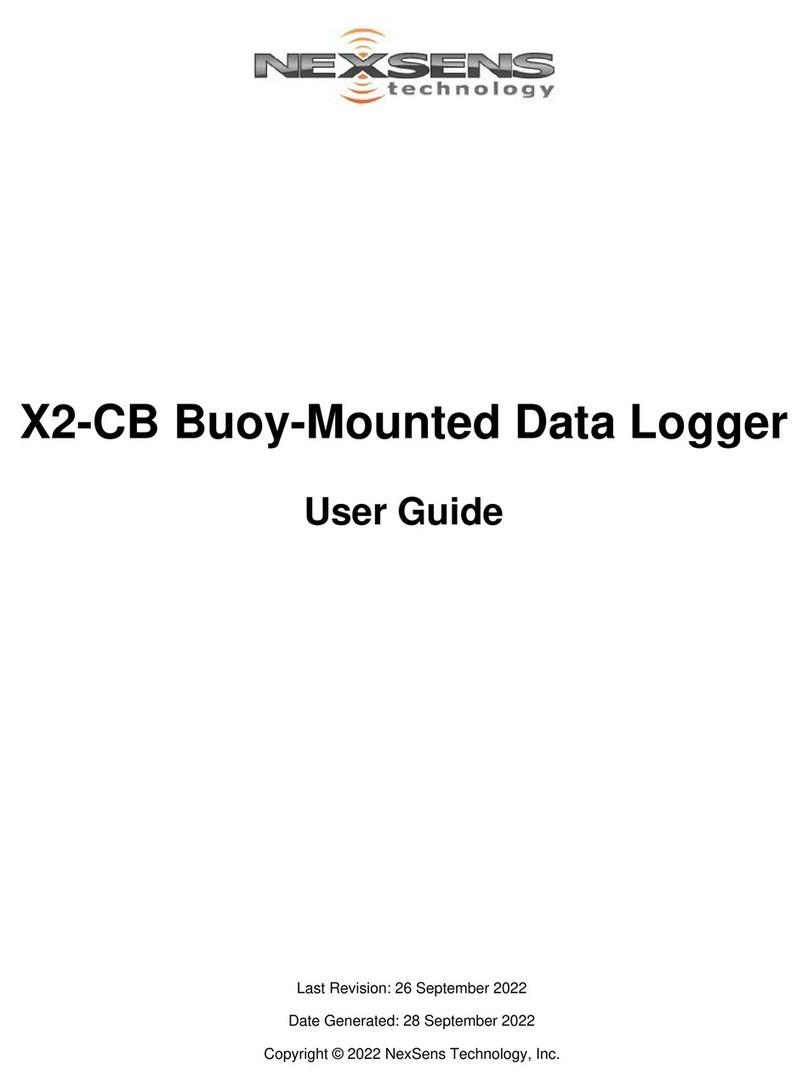
NexSens Technology
NexSens Technology X2-CB User manual

NexSens Technology
NexSens Technology CB-450 User manual
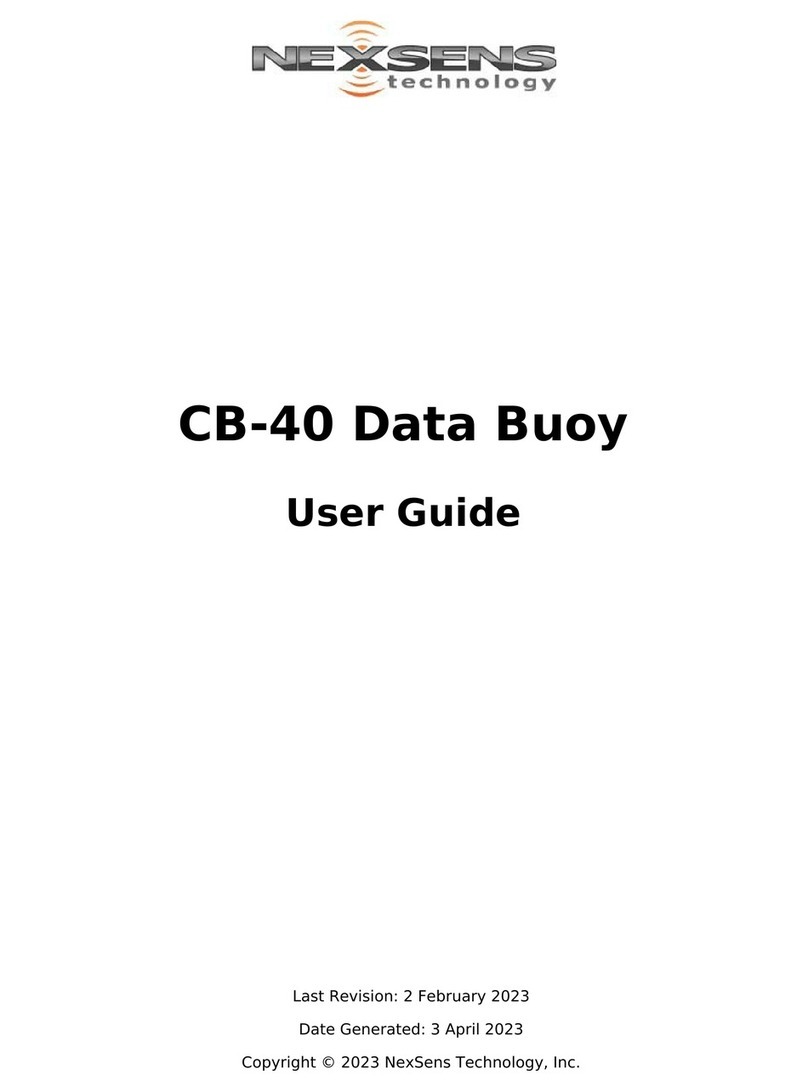
NexSens Technology
NexSens Technology CB-40 User manual
Popular Data Logger manuals by other brands
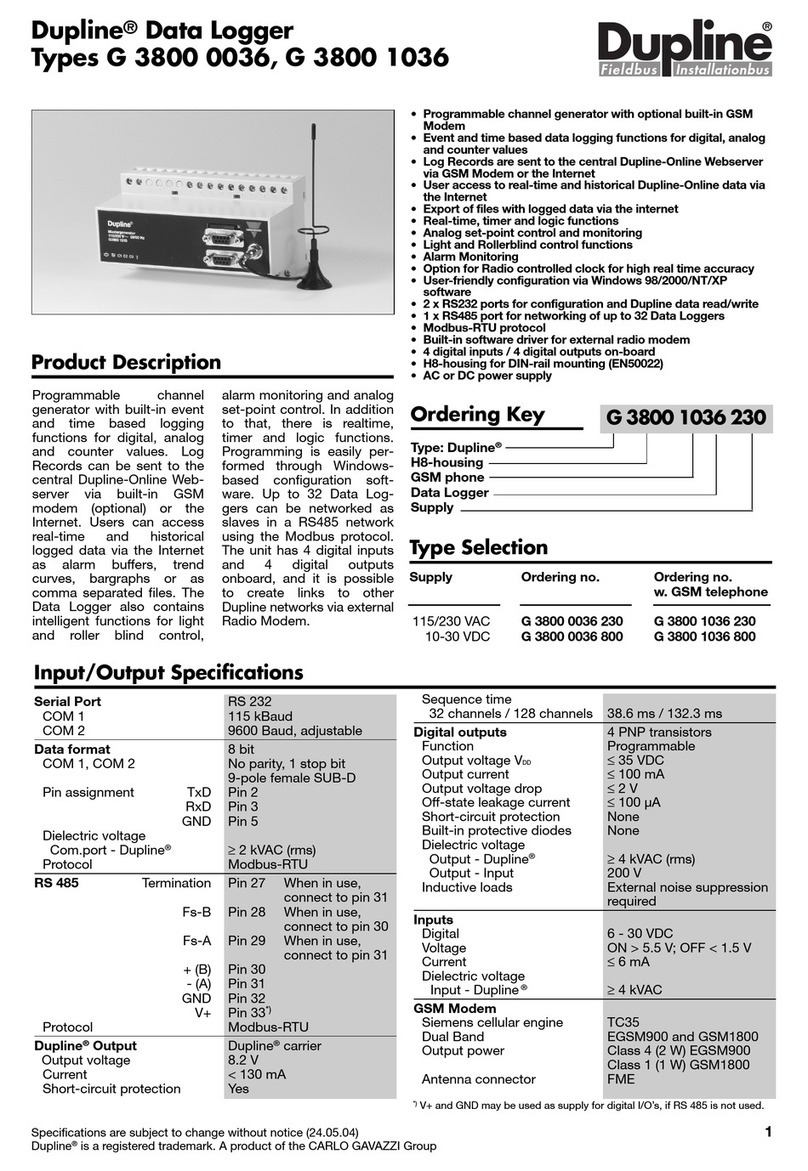
CARLO GAVAZZI
CARLO GAVAZZI Dupline G 3800 0036 quick start guide
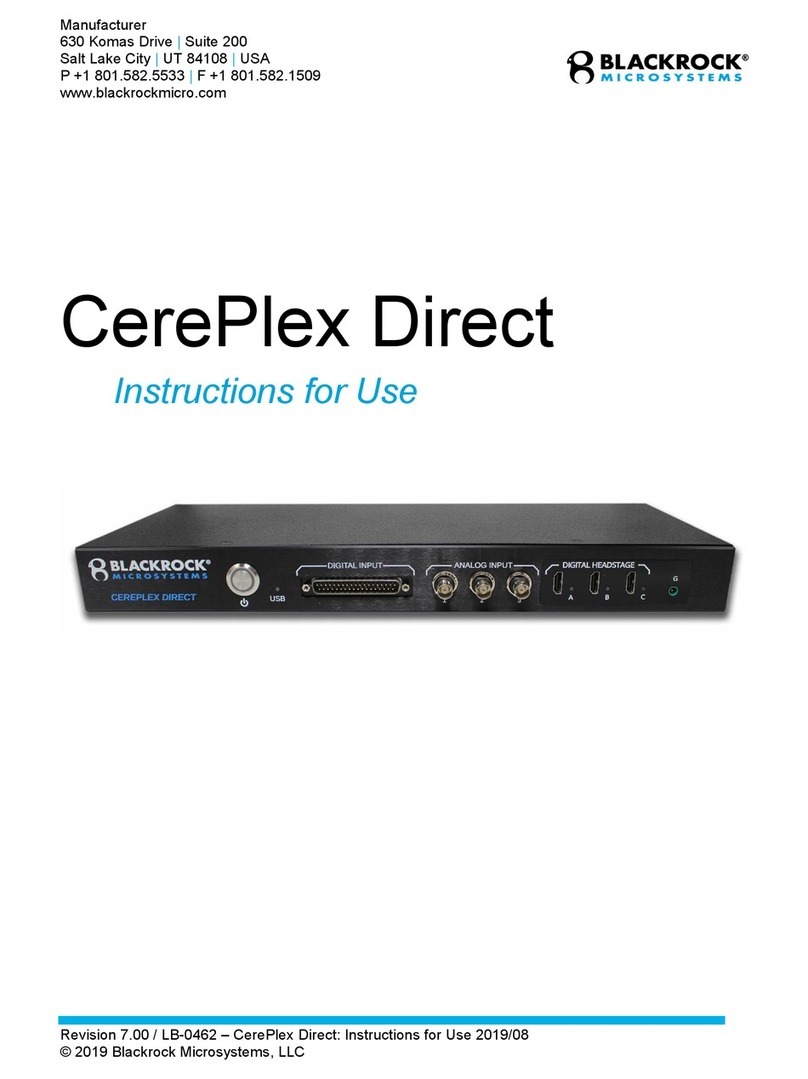
Blackrock Microsystems
Blackrock Microsystems CerePlex Direct Instructions for use
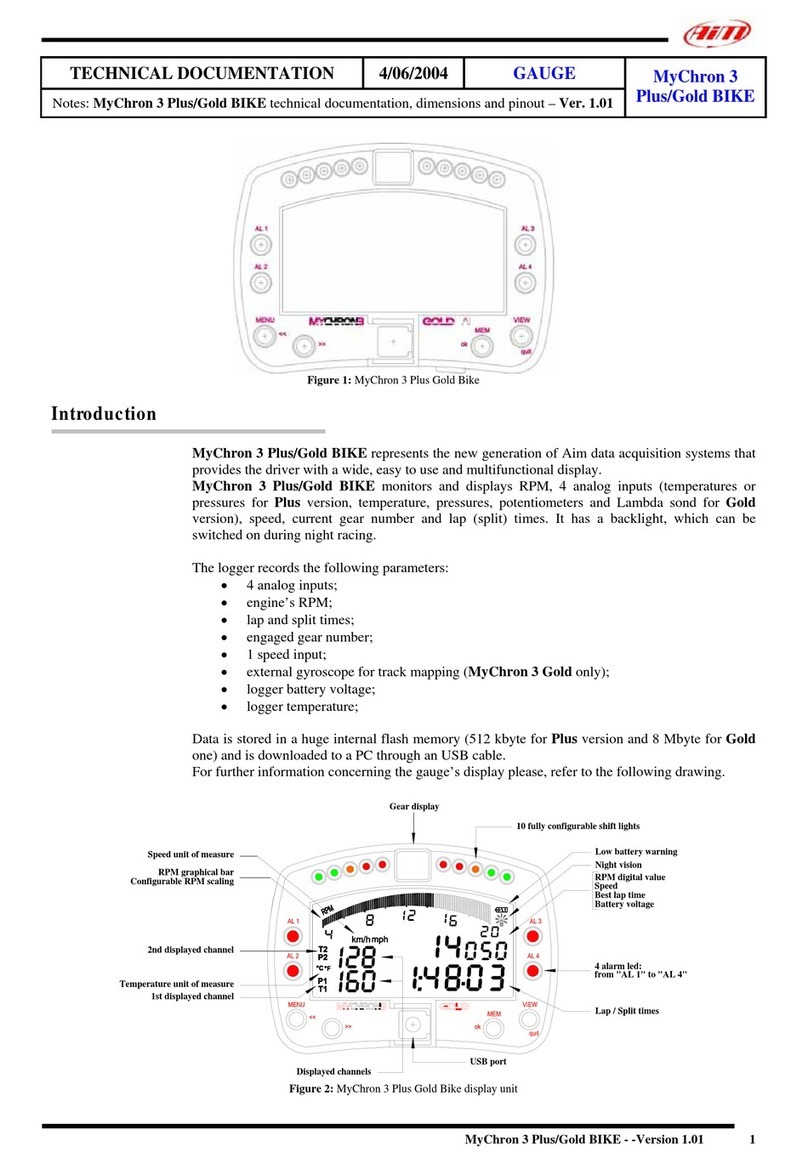
Aim
Aim MyChron 3 Plus/Gold BIKE Technical documentation
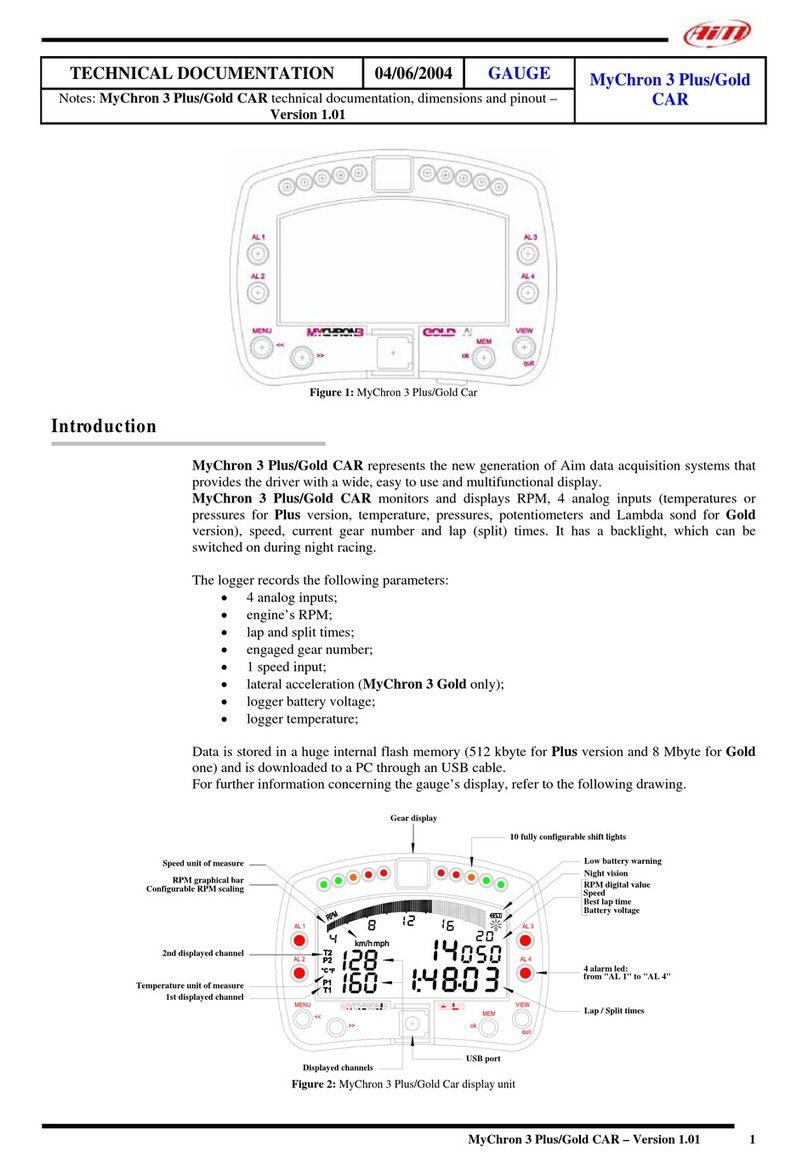
Aim
Aim MyChron 3 Plus/Gold CAR Technical documentation

Chauvin Arnoux
Chauvin Arnoux pel 102 user manual
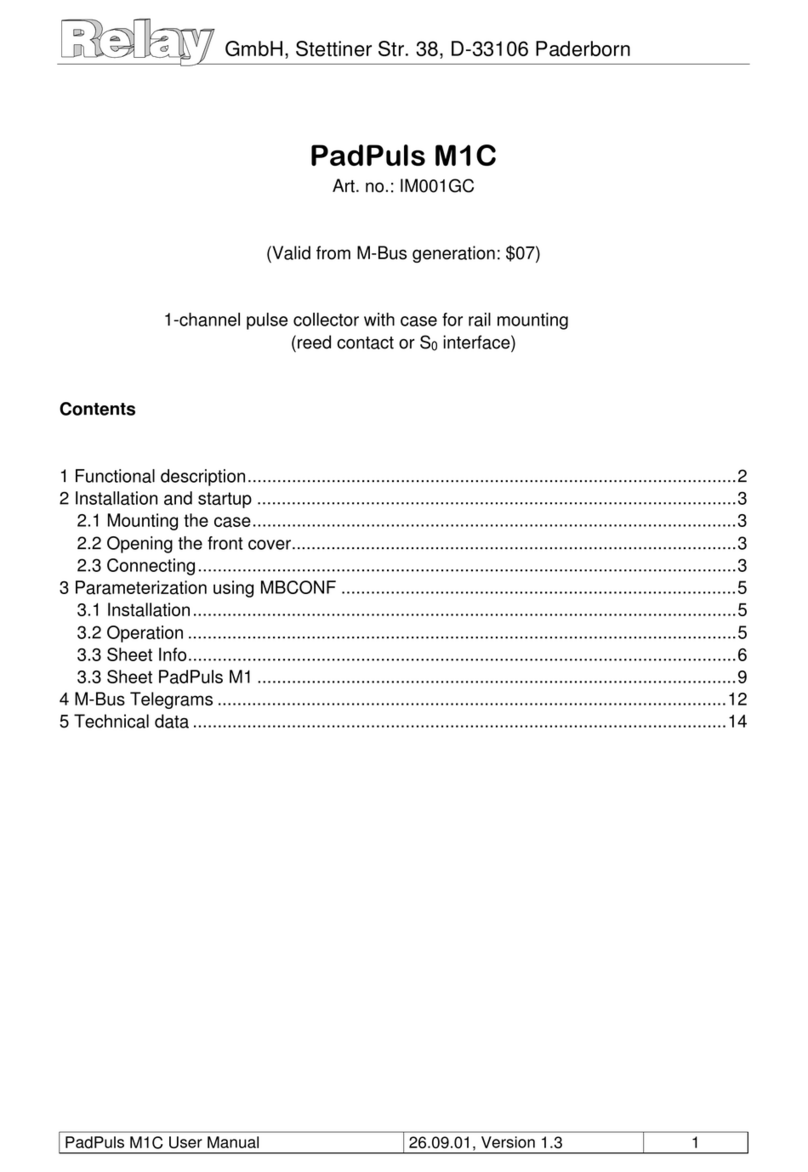
Relay
Relay PadPuls M1C manual
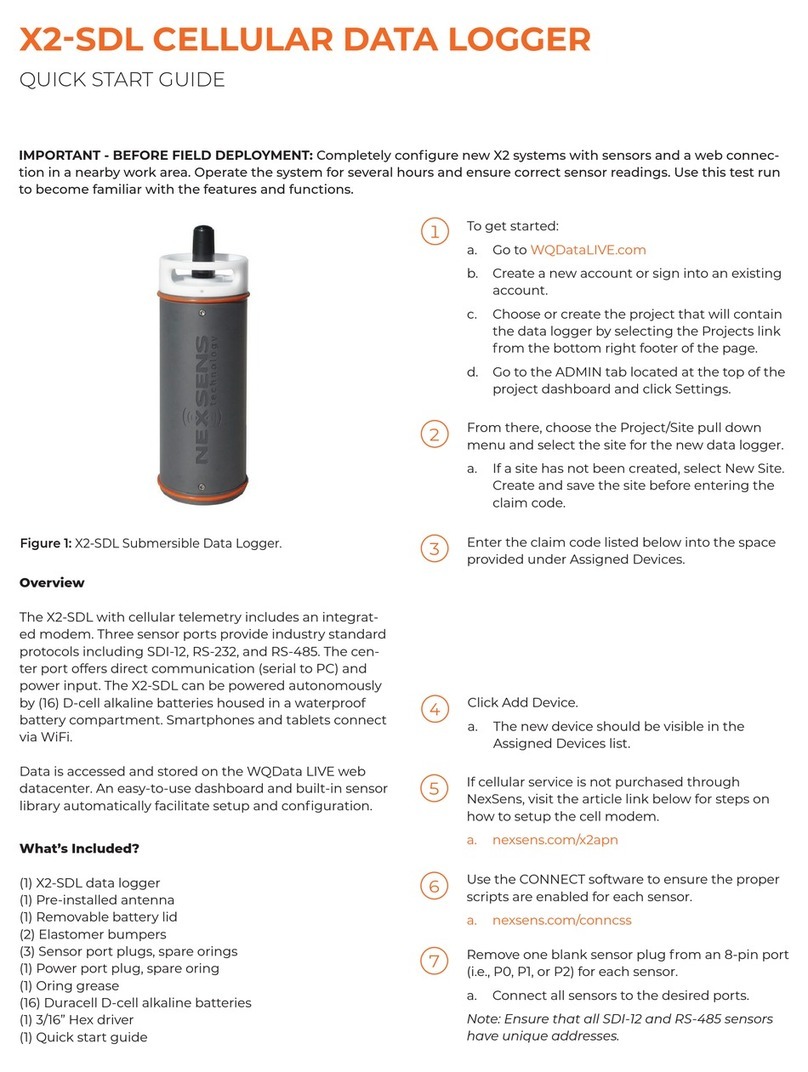

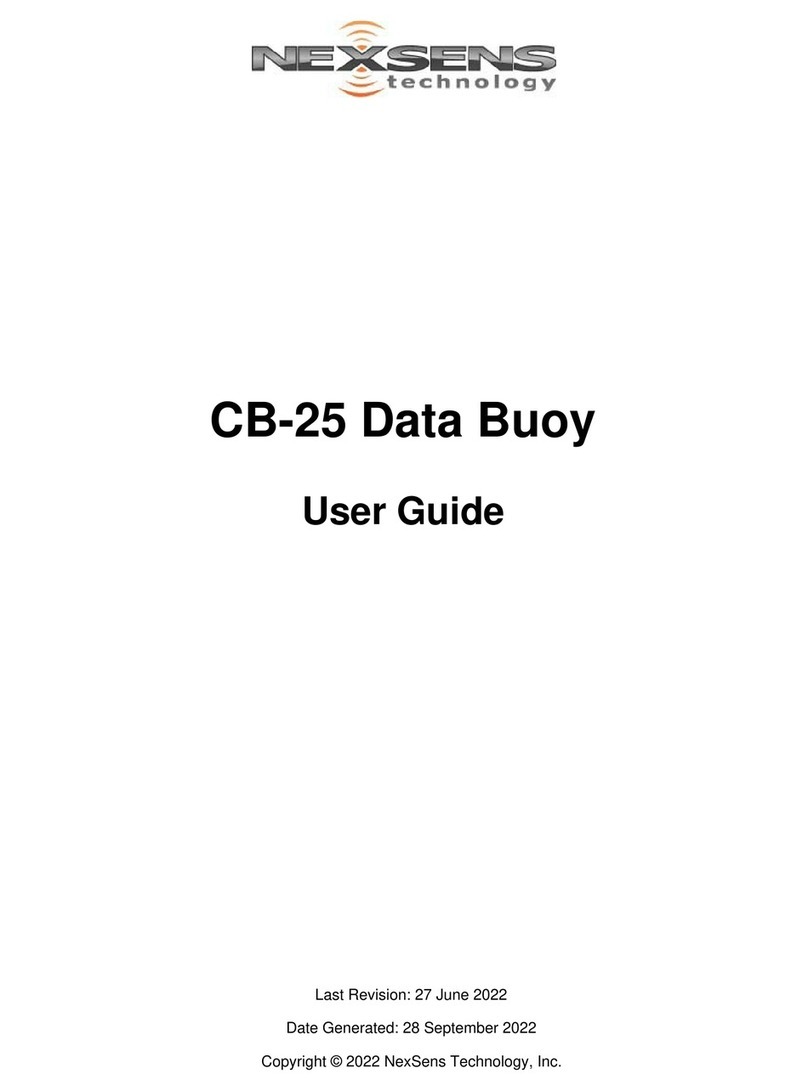
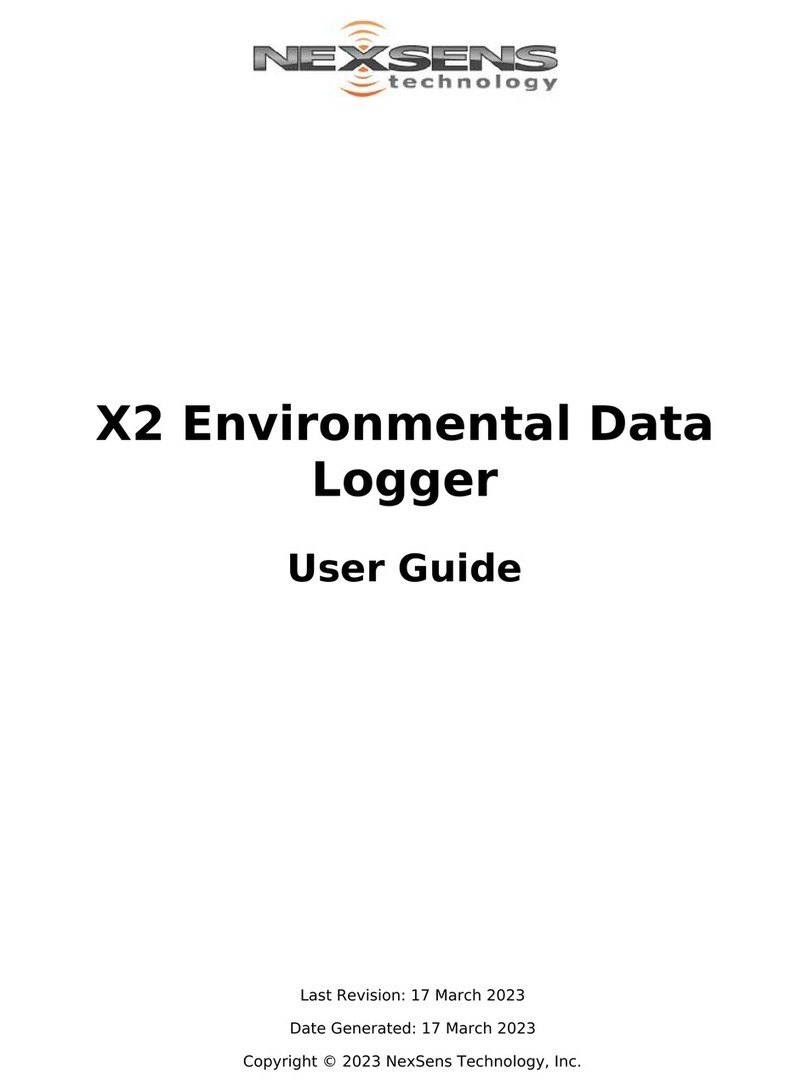
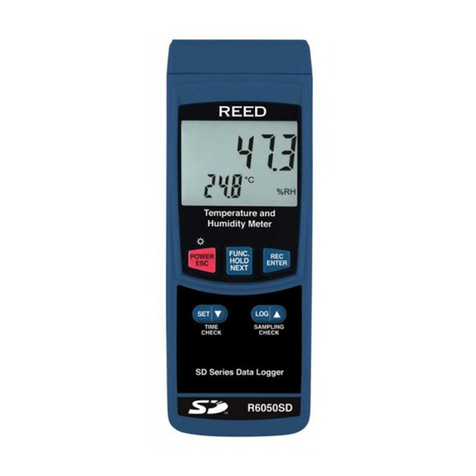
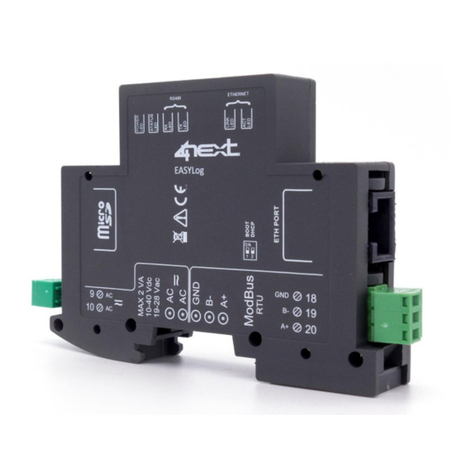
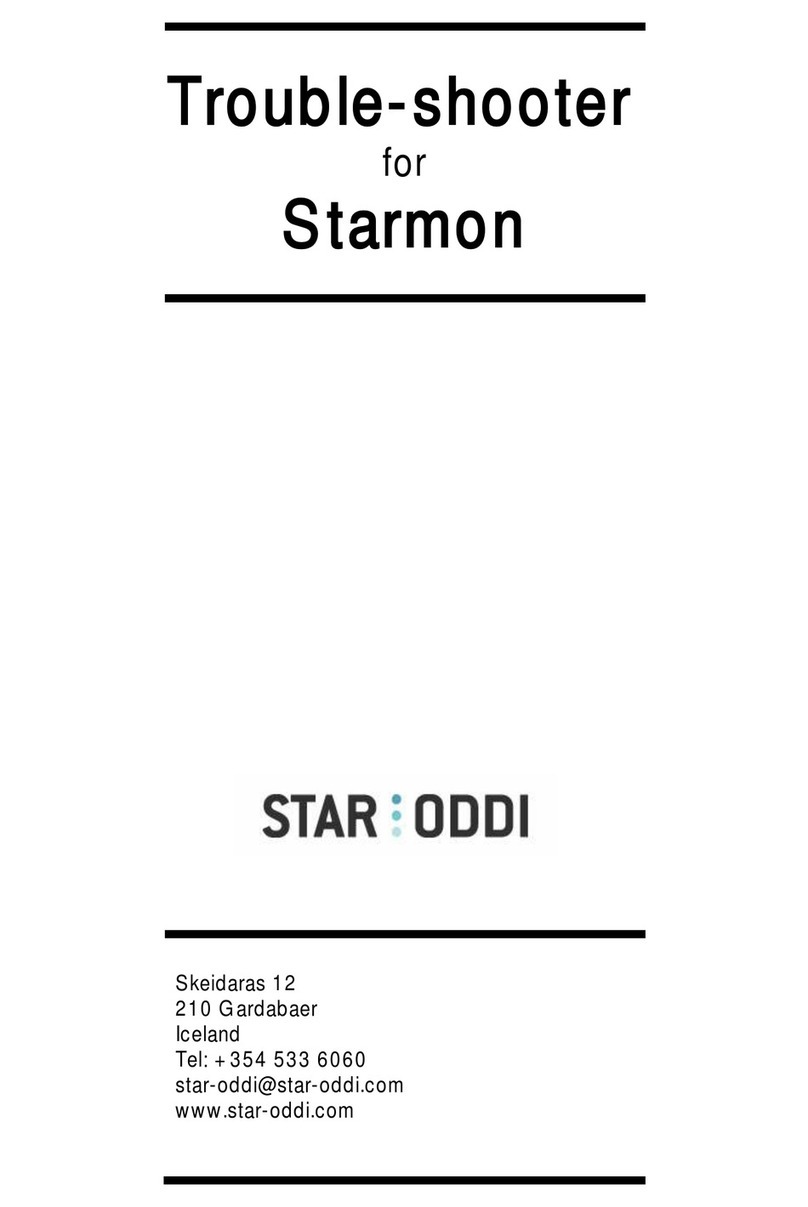
![Lambrecht Ser[LOG] Operator's manual Lambrecht Ser[LOG] Operator's manual](/data/manuals/zq/a/zqaq/sources/lambrecht-ser-log-data-loggers-manual.jpg)
